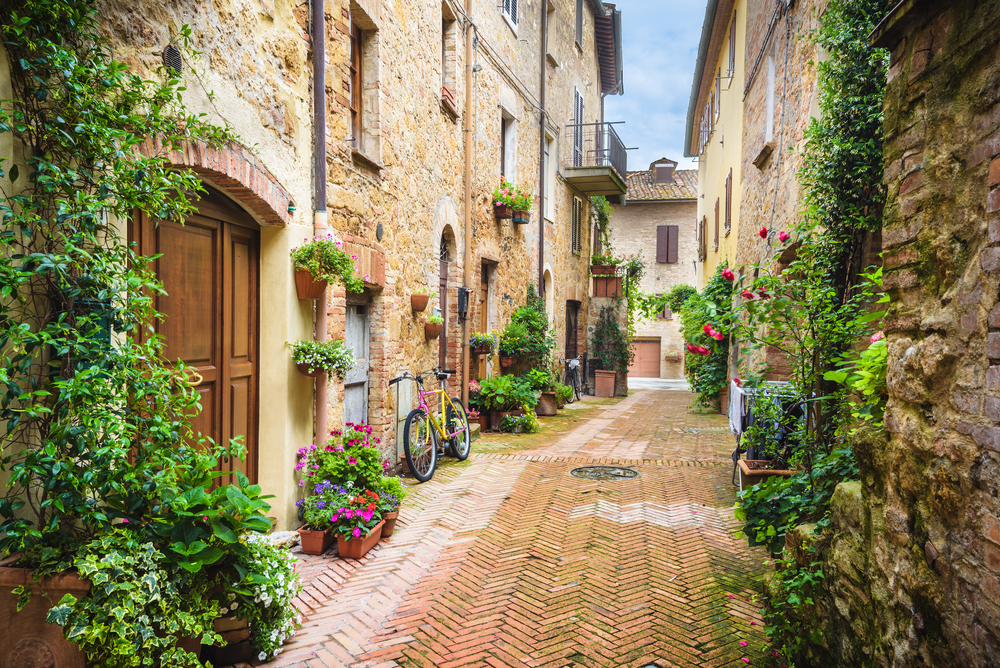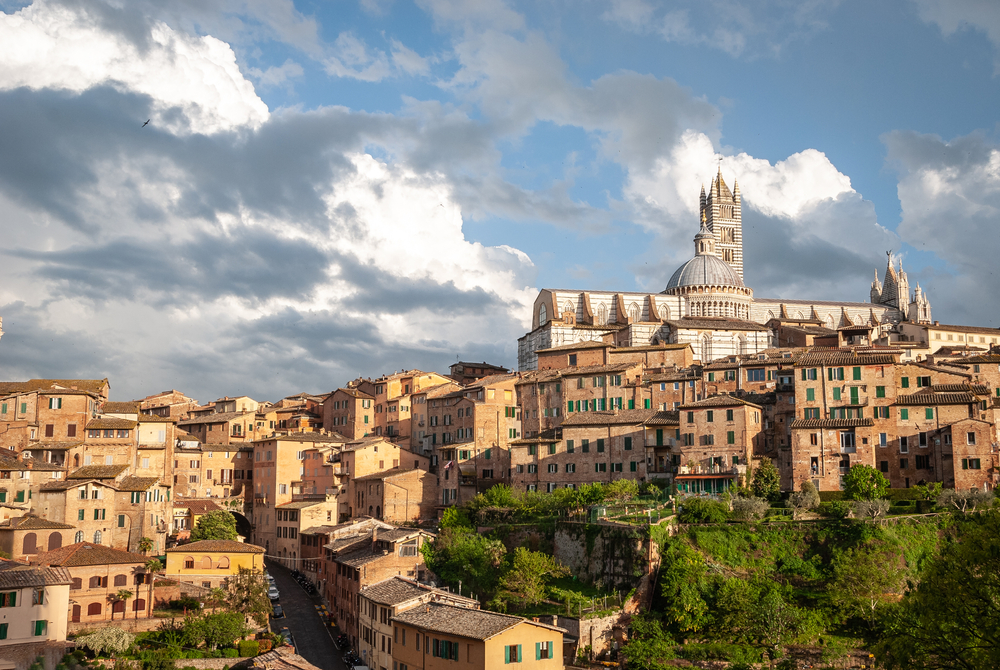
Siena | House of The Palio
Jun 16, 2022
Although there are events showing that Siena was settled in the Etruscan time, the city was founded by Emperor Augustus in the 1st century BC. Siena was settled in a strategic location along the Via Franigena and it had become an important city in the Middle Ages. Siena grew in power as the centuries went by, and so did the rivalry with Florence, the cradle of the Renaissance, which is just 70km away. The rivalry of the cities took them to war several times.
One of the famous was the Battle of Montaperti which had the Florentine troops defeated; however, Florence later won in the Battle of Colle Val d'Elsa and this was what led to the rise of the Council of Nine, one of the most important governments in the history of Siena. The Guelph government ruled the city with great prosperity and there were built a lot of important buildings such as the Cathedral, the Town Hall and the Torre del Mangia; the Sienese School also originates in this period of time.
The city was declined by the collapse of the Bonsignori Bank, the famine (1326) and the outbreak of the Black Death plague; which had its epilogue in 1555; King Philip II, the new Spanish King, ceded it to the Grand Duchy of Tuscany, to which it belonged until the Unification of Italy.
The world know Siena for its artistic, historic, and cultural heritage; the medieval city center is recognizable among thousands, and it was listed on the UNESCO World Heritage since 1995. If you're around in Tuscany, a day trip to Siena or a short tour with myTour in Italy would be really enjoyable. It also gives you the opportunity to visit San Gimignano, Monteriggioni and Chianti.
What to Visit in Siena

- Piazza del Campo - the city square that makes all Sienese proud. It's the main square and it is easily recognizable due to its distinctive shell shape; It is where you will find the Town Hall and the Torre del Mangia. The Sansedoni Palace, Piccolomini Palace, Saracini Palace and the Fonte Gaia also stand here. The Palio di Siena is also held right here in the square - You would be lucky to travel to Siena when the Palio horse race takes place here.
- The Duomo di Siena is also located in this square and it is one of the best examples of Italian Romanesque-Gothic architecture; the Duomo is in the form of a Latin cross and is made of a transept, a dome and a bell tower. The facade is breathtaking, a real masterpiece that will amaze you by making hous seem like minutes while staring at its art. The Doumo was built in two different stages, it boasts three fabulous portals, statues of prophets gargoyles, and other marvelous sculptures. Most of the statues are copies, the originals are well kept in the Museo dell’Opera del Duomo, which is another thing not to miss.
- Palazzo Salimbeni – an outstanding example of Neo-Gothic building located in the square that also holds the name Salimbeni. This is where you will also witness the headquarters of Monte dei Paschi di Siena, the world's oldest surviving bank (it was founded in 1472). The palace faces a marble statue of the Italian economist, politician, philosopher and theologian - Sallustio Bandini It stands beside Palazzo Spannocchi (1470) and Palazzo Santucci (16th century). Both palaces are designed by the famous Giuliano da Maiano. Palazzo Salimbeni is also home to a prestigious art collection. You can only enjoy the collection by booking in advance.

 Italiano
Italiano Spanish
Spanish French
French Chinese
Chinese